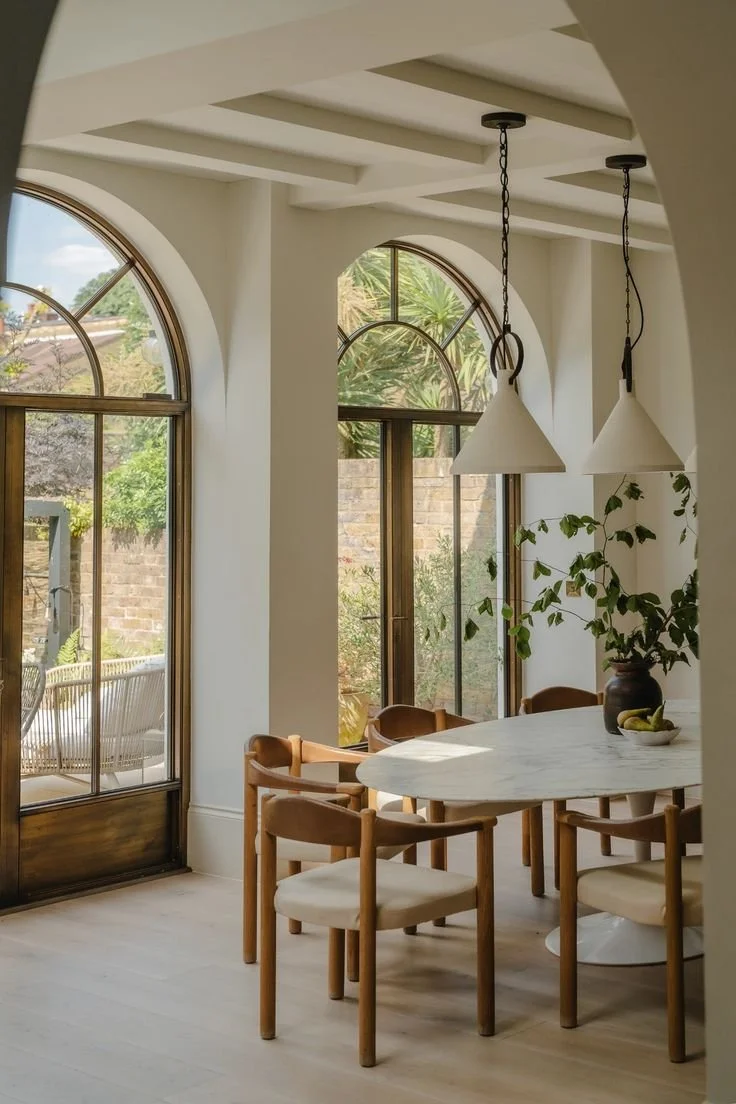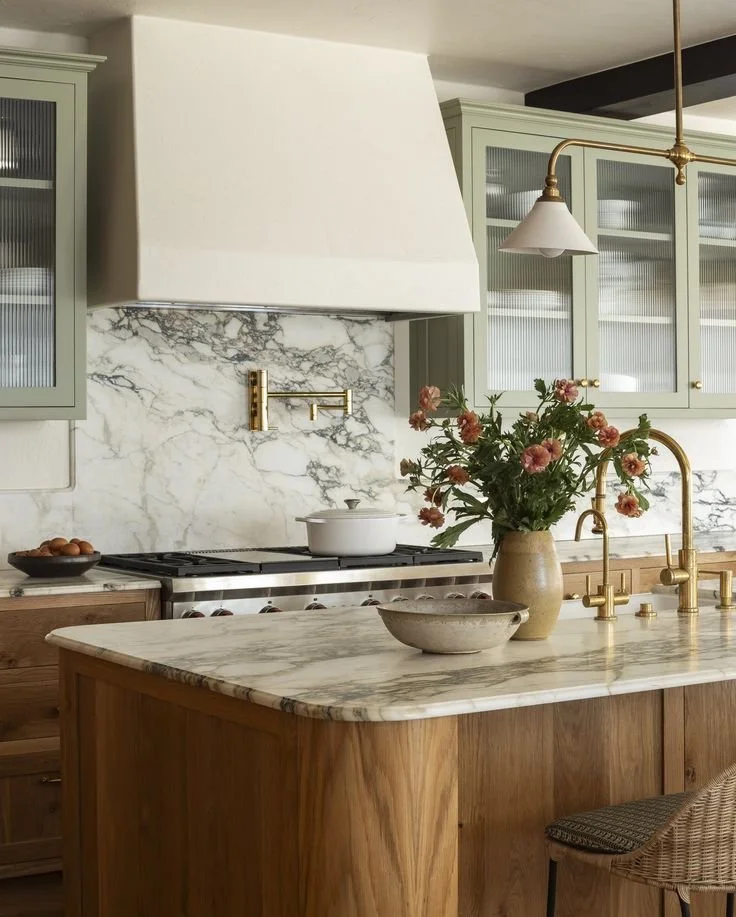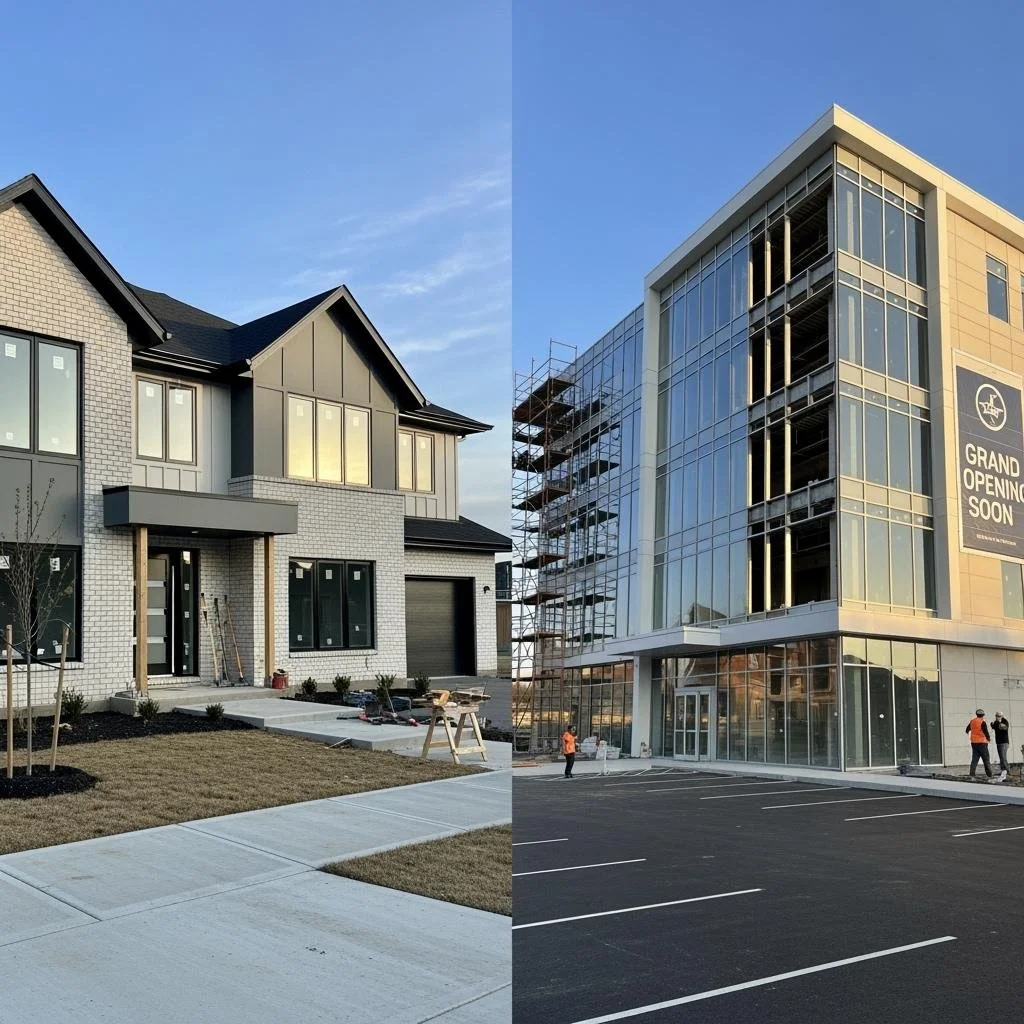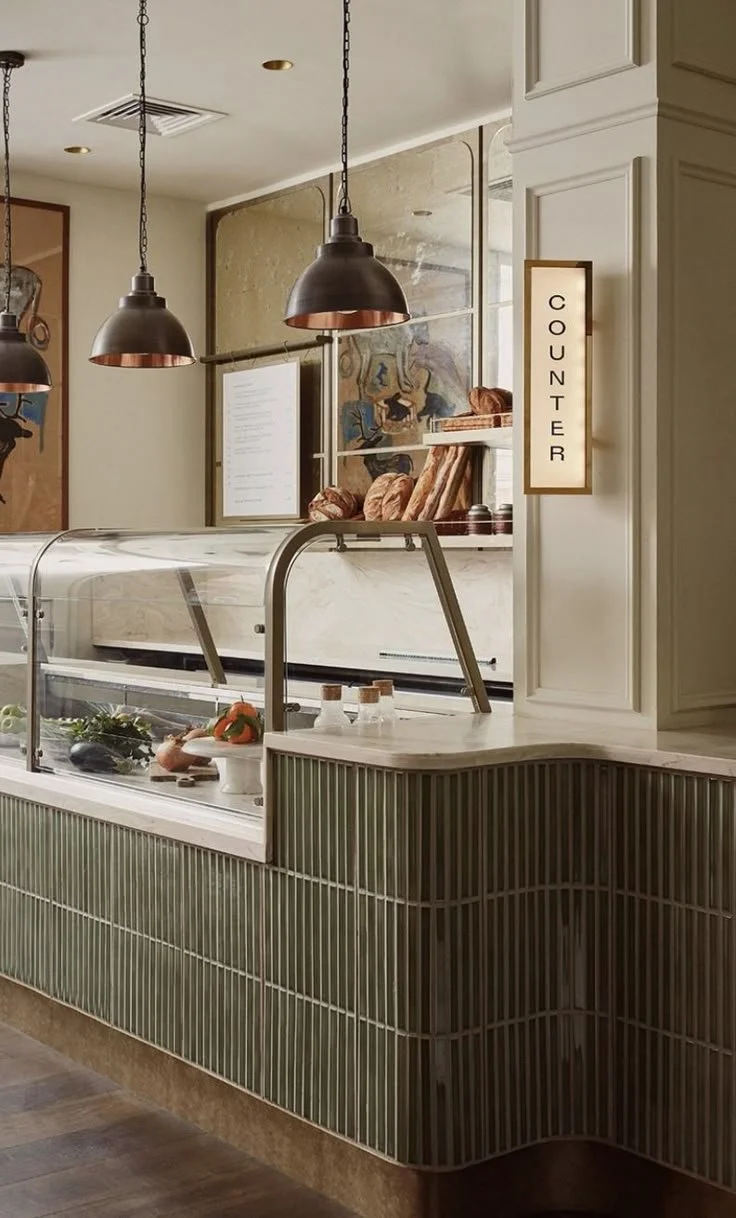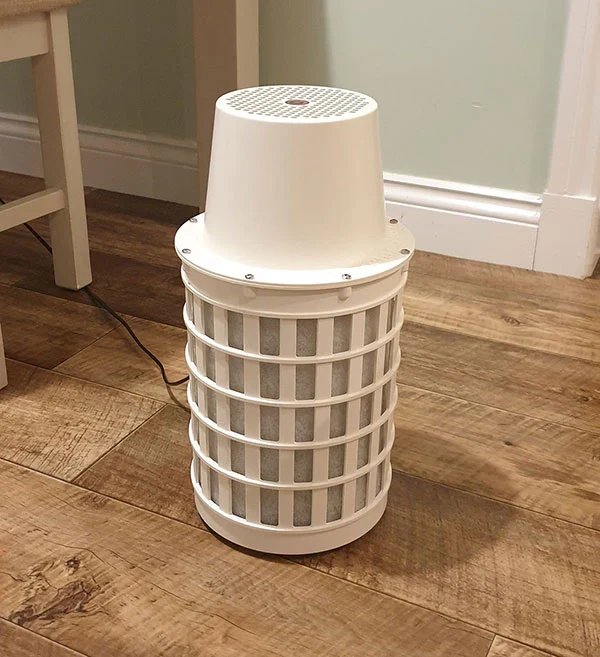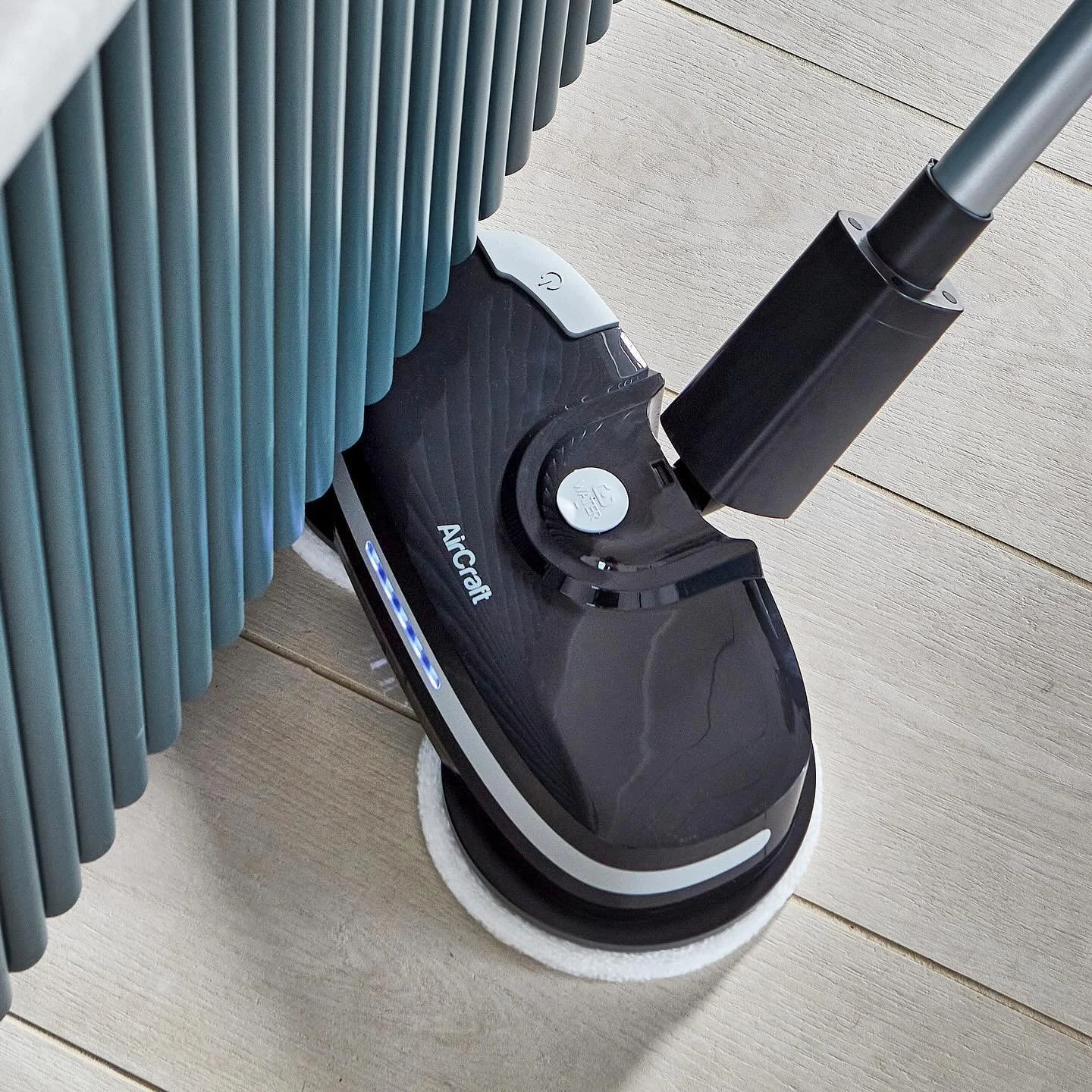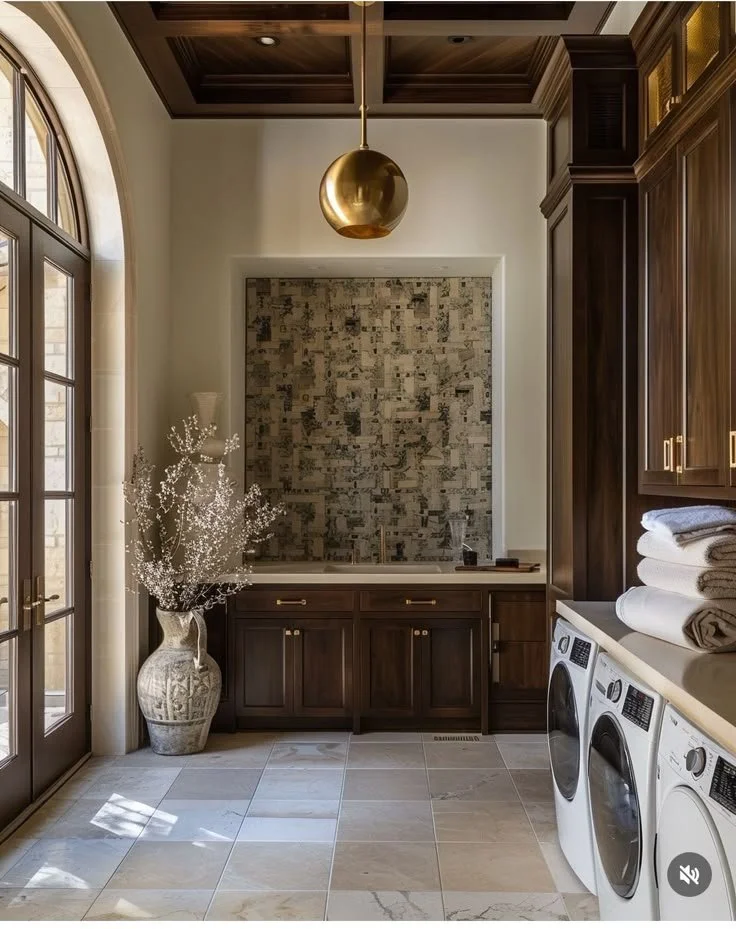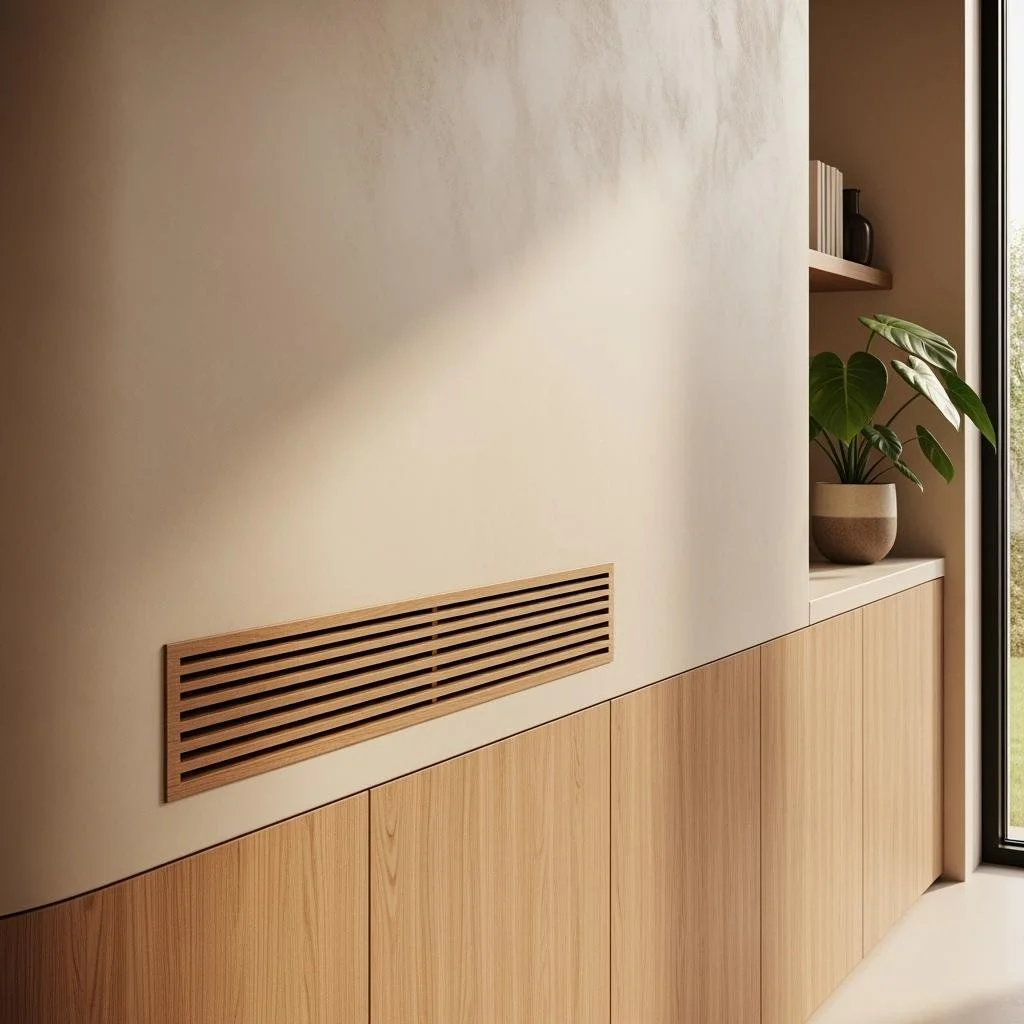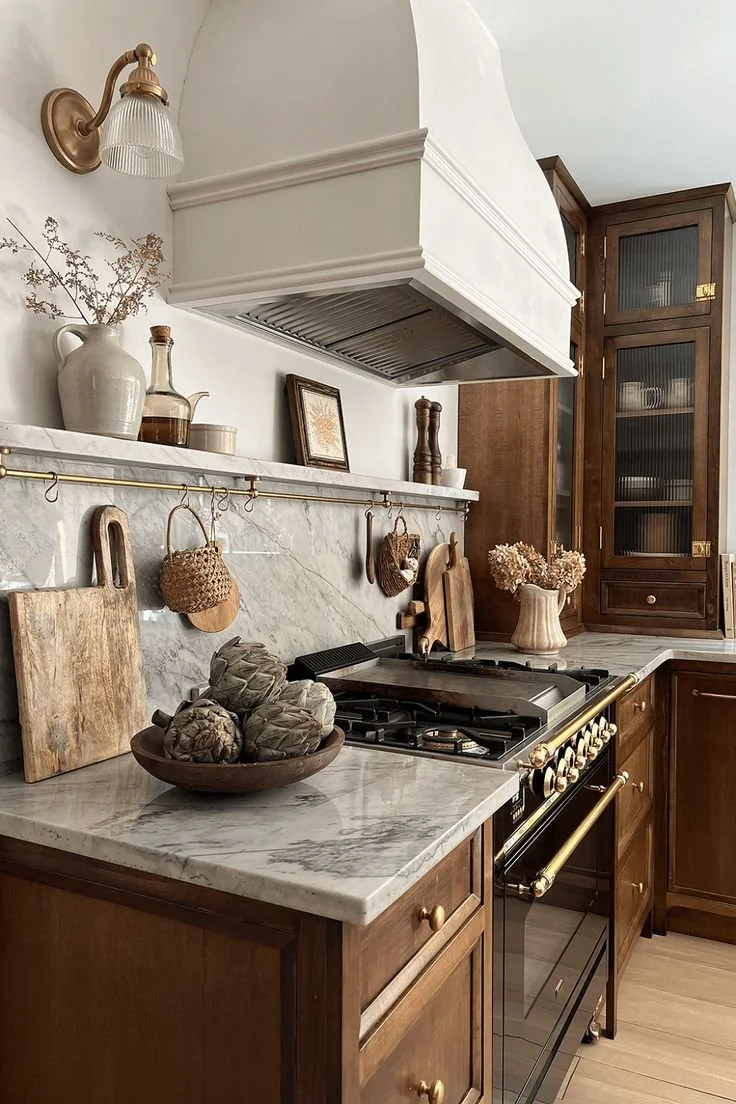When people think of states like Arizona, Nevada, or New Mexico, the image that usually comes to mind is one of scorching sunshine, palm trees, endless cacti, and dry heat. Thanks to pop culture portrayals like Breaking Bad, many assume that a light jacket is all you’ll ever need. And sure, in the summer, when triple-digit temperatures are the norm, that assumption makes sense.
But here’s the reality check: winter still exists in the desert—and it’s colder than you think.
In this article, we’ll debunk the myth that desert homes don’t need winterizing, explain why the cold hits differently in arid climates, and walk you through simple, effective ways to keep your desert home warm and comfortable during the colder months. Whether you're a full-time resident or a seasonal snowbird, these tips will help you avoid the all-too-common mistake of underestimating the desert chill.
No. 1
Desert Homes Aren’t Exactly Built for the Cold
Here’s the thing many newcomers don’t realize: desert homes are designed to beat the heat, not the cold. Their architecture is focused on staying cool during those blistering summer days. That means:
Tile floors that stay cool underfoot
High ceilings that promote airflow
Minimal insulation
Drafty sliding doors and windows
All of these features are fantastic when it’s 105°F outside—but once winter hits, they can turn your home into an icebox. That moment when you step out of a warm bed onto a freezing tile floor? In the desert, that’s not just a moment—it’s the whole house.
And depending on the age of your home, your heating options might vary wildly. Some older homes don’t have heaters at all. Others might have outdated systems in need of repair, while newer builds may include HVAC systems or even wood stoves. Some residents rely solely on space heaters, which can be effective but come with their own limitations.
No. 2
Desert Cold Just Hits Different
So why does a 45-degree night in the desert feel colder than the same temperature elsewhere?
It’s all about the dry air and rapid temperature drop. In humid climates, moisture in the air can act as a buffer, slowing down how quickly your body loses heat. But in the desert, the dry air allows heat to escape from your body faster, making the cold feel sharper and more penetrating. It’s not just chilly—it’s bone-deep.
That’s why desert locals often say, “It’s a different kind of cold.” And they’re not wrong.
Rock Solar
Eco-friendly portable power solutions for commercial use, homes, RVs, and campers and cabins. Harness clean energy, reduce your carbon footprint, and power your life sustainably.
No. 3
But How Can You Make Your Desert Home Warmer?
The good news? You don’t need to go full cabin-in-the-woods mode with firewood stacked outside and thermal curtains on every window (although if you have a real fireplace, that’s a cozy bonus).
Instead, here are simple, practical ways to winterize your desert home without a major renovation:
1. Add Rugs to Tile Floors
Tile is great for summer, but in winter, it’s a heat-sapping nightmare. Lay down thick area rugs or runners in high-traffic areas and bedrooms to keep your feet warm and reduce heat loss.
2. Use Heavier Curtains
Swap out your light, breezy summer drapes for thermal or blackout curtains. These help insulate your windows and keep the warmth inside—especially at night when temperatures drop quickly.
3. Seal Drafts Around Doors and Windows
Desert homes often have older sliding doors or single-pane windows that let cold air seep in. Use weatherstripping, draft stoppers, or caulk to seal gaps and prevent heat from escaping.
4. Upgrade Bedding and Sleepwear
Trade in your thin summer sheets for a thick comforter or duvet. Add flannel sheets, wear fuzzy socks, and keep an extra blanket nearby. These small changes make a big difference on cold desert nights.
5. Inspect and Maintain Heating Systems
If your home has a central heating system, wood stove, or space heaters, make sure they’re in good working order before winter hits. Schedule a heater repair service if needed, and consider upgrading to a more efficient system if your current one is outdated.
Takeaways
Just because you live in the desert doesn’t mean you’re immune to winter. In fact, the cold in arid regions can be surprisingly intense—especially at night. The architecture of desert homes, while perfect for summer, often lacks the insulation and heating infrastructure needed for colder months.
By taking a few simple steps—like adding rugs, sealing drafts, and swapping out your bedding—you can make your home significantly warmer and more comfortable. And if you’re a snowbird or new to the area, don’t make the rookie mistake of assuming you won’t need a coat. You will.
Winterizing your desert home isn’t about overhauling your lifestyle—it’s about making smart, seasonal adjustments that keep you cozy when the desert chill sets in. So go ahead, pull out those fuzzy socks and thermal curtains—your bones will thank you.
Looking for Home resources?
Looking to enhance your living space and create a sanctuary that supports your well-being? Explore our home partners who offer a wide range of resources to elevate your home environment.



